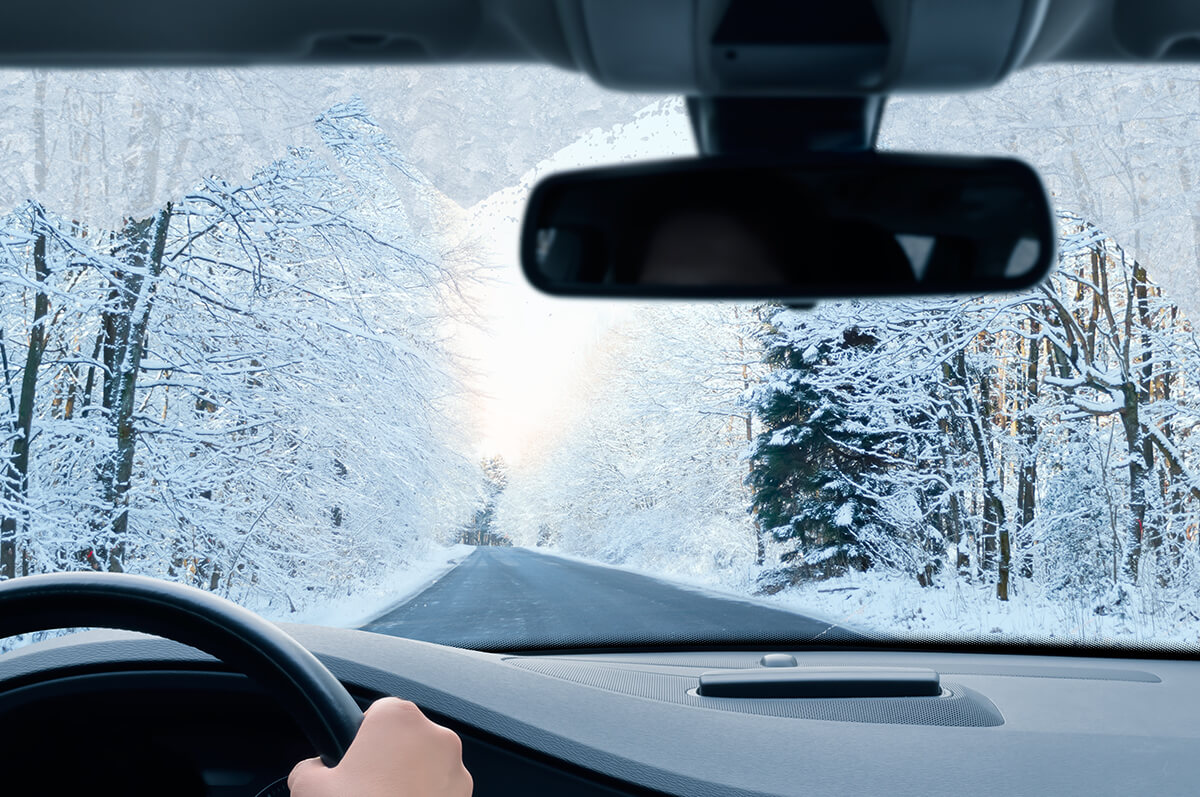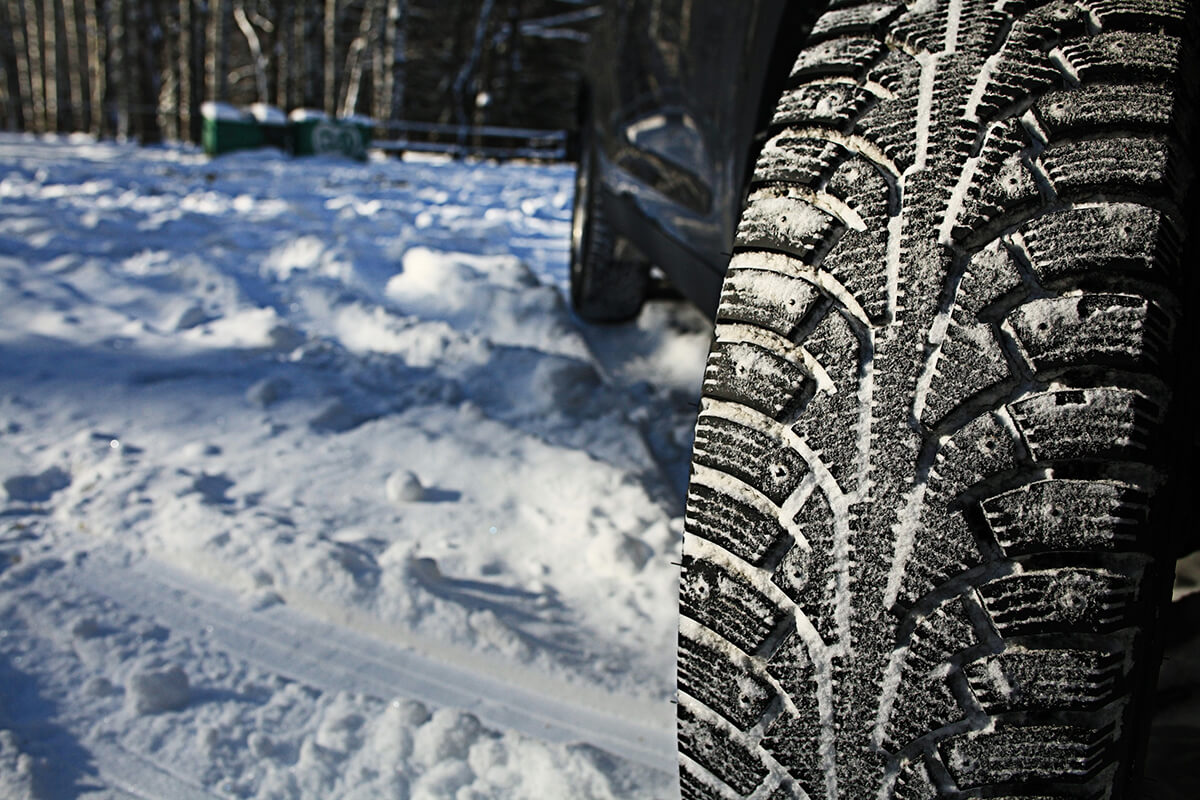Despite the warm spells this fall, as temperatures cool across the nation heading into winter, we at Active Green + Ross Tire Centres want to remind drivers that it’s past time to start preparing for winter driving conditions and how to protect themselves, their families and fellow motorists. One of the most important steps? Switching into dedicated winter tires.
While it remains important to adjust driving habits to weather, according to Automotive Industries Association of Canada (AIA) President Marc Brazeau, the single most imperative thing Canadians can do to protect themselves and their loved ones is transition to winter tires. The idea that all-season tires are as effective as winter tires is a dangerous misconception.
According to TRAC, in 2024 they found that 79 % of people who use winter tires say they believe the tires have saved them from a potentially hazardous situation from a loss of control or a collision.
Here’s what the latest data shows:
-
A new 2024 survey from the Tire and Rubber Association of Canada (TRAC) found that 78 % of Canadian drivers say they will use winter tires in the 2024/25 winter — a significant increase — and outside Quebec (where they are mandatory) usage is still 73%.
-
The same report found that 73 % of drivers believe extreme weather-events have made winter tires more important than ever.
-
The safety difference remains real: for example, a blog from the Traffic Injury Research Foundation (TIRF) states that once temps dip below +7 °C, winter tires outperform all-season or summer tires.
-
New regulations and symbols: Canada’s winter tire standard continues to evolve. For example, winter tires marked with the “Three-Peak Mountain Snowflake (3PMSF)” symbol are certified for snow-traction performance. According to TRAC, as of 2022 the industry also introduced an Ice Grip symbol to show tires tested for ice surfaces under ISO standards.
Why the performance advantage still matters:
Some of the core science remains unaltered, but has advanced further with new tire-compound tech.
-
When the air (and road) temperature drops to around +7 °C or lower, the rubber in all-season tires begins to lose elasticity and harden, which reduces grip. Winter tires are designed with compounds that remain more flexible even in much colder temperatures (-40 °C and lower)..
-
Winter tires’ tread designs (deeper grooves, more sipes, sharper biting edges) allow them to evacuate slush/snow and maintain traction on snow-packed or icy surfaces
-
Stopping distances: Recent sources say that, on icy roads, vehicles with winter tires can stop several metres sooner than those with all-season tires. For example, a consumer-news piece noted that winter tires stop ~25 % quicker than all-season tires on ice.
-
Importantly, technology such as stability control or all-wheel-drive cannot compensate if tires don’t have adequate grip. Winter tires help the vehicle’s safety systems work as intended.
As a network committed to driver safety, we believe educating our clients is at the heart of what we do. By recommending winter tires early, and making the switch convenient and well-priced, we help our customers not just react to winter, but prepare for it. The latest data underscores that we are moving in the right direction but there is still work to do. We recommend reaching out to our centres early in the season, booking your winter-tire installation, and asking about insurance discounts, storage options, and the best winter-tire models for your vehicle and driving style.
How to act now — practical tips for drivers:
Below are some practical tips for drivers to keep in mind
-
When to switch: A good rule of thumb: when daytime temps consistently drop below +7 °C, it’s time to change into winter tires. Waiting for snow isn’t enough.
-
Buy four matching tires: Always use four identical winter tires (same brand/model) to maintain predictable handling; mixing winter + all-season is not recommended.
-
Look for the right symbol: Check for the 3PMSF (Three-Peak Mountain Snowflake) symbol — this indicates the tire meets snow-traction standards. Also consider the Ice Grip symbol if you drive where ice is frequent.
-
Monitor condition: Winter tires wear too. Even if they’re marketed for several years, tread depth matters and compound age matters. Also note that using winter tires in summer accelerates wear.
-
Budgeting & value: While winter tires cost money up-front, the benefits in safety, control, and insurance‐related savings often make them a smart investment. Also, they help extend the life of your all-season tires by reducing wear.
- Check other systems: While tires are critical, don’t forget to check your vehicle’s battery, antifreeze, wipers, lights and winter emergency kit. Tires are the only contact point with the road.
While buying winter tires and having them installed can represent a cost, that cost is small compared with the benefits — improved traction, reduced stopping distance, fewer collisions, and greater peace of mind. As Marc Brazeau said: “The cost of winter tires is negligible compared with the benefits like improved traction and reduced stopping distance.” As an industry, we need to make sure Canadians are educated on winter tires and just how much they enhance driver safety. At Active Green + Ross, we’re here to help you make the swap early, make the right choice, and get you ready for whatever this Canadian winter may bring.
Select your next set of winter tires online and simply visit the nearest Active Green + Ross Tire Centre to help keep you safe on the road this winter.



